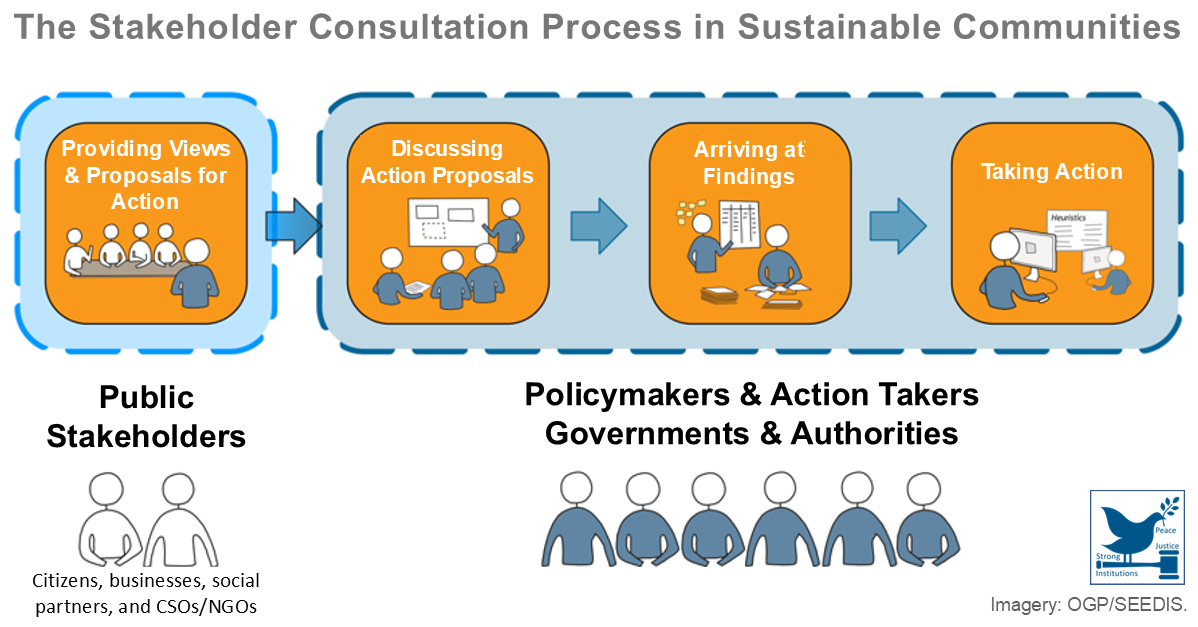The following is one of the various way in which CRE can be categorized:
- Office – Central business district (CBD) and suburban office buildings;
- Industrial – Heavy manufacturing, light assembly, flex ware and bulk warehouses;
- Retail – Strip center, community retail center, power center and regional mall;
- Multifamily – Garden, midrise and high-rise apartments;
- Hotels – Full-service, limited-service and extended-stay;
- Land – Greenfield, infill and brownfield land; and
- Special purpose – Self-storage facilities, marinas, theaters, community centers, nursing homes, hospitals, funeral homes and churches.
Certain descriptive terms are often found in promotional material prepared for commercial real estate that is listed for rent or sale. Although there is no universal agreement on their definition, the following are commonly used to distinguish both the physical specification of a building and the property’s location in terms of quality, primarily for investment purposes:
- Prime property – New, investment-grade commercial property with buildings of first-rate design having high-quality building systems, amenities and management that commands the highest rent and attracts the most creditworthy tenants – the most valuable property from an investor’s viewpoint;
- Secondary property – Well-constructed, well-maintained commercial property with buildings of an earlier generation that are in good – commonly prime – locations with sound management and relatively little functional obsolescence or deterioration, it commanding lower rent and attracting less creditworthy tenants than prime property; and
- Tertiary property – Commercial real estate with buildings that are often much older than prime or secondary and that are functionally obsolete, where the cost of removing the property or refurbishing them could have a negative impact on the value of the property.


Leave A Comment
You must be logged in to post a comment.